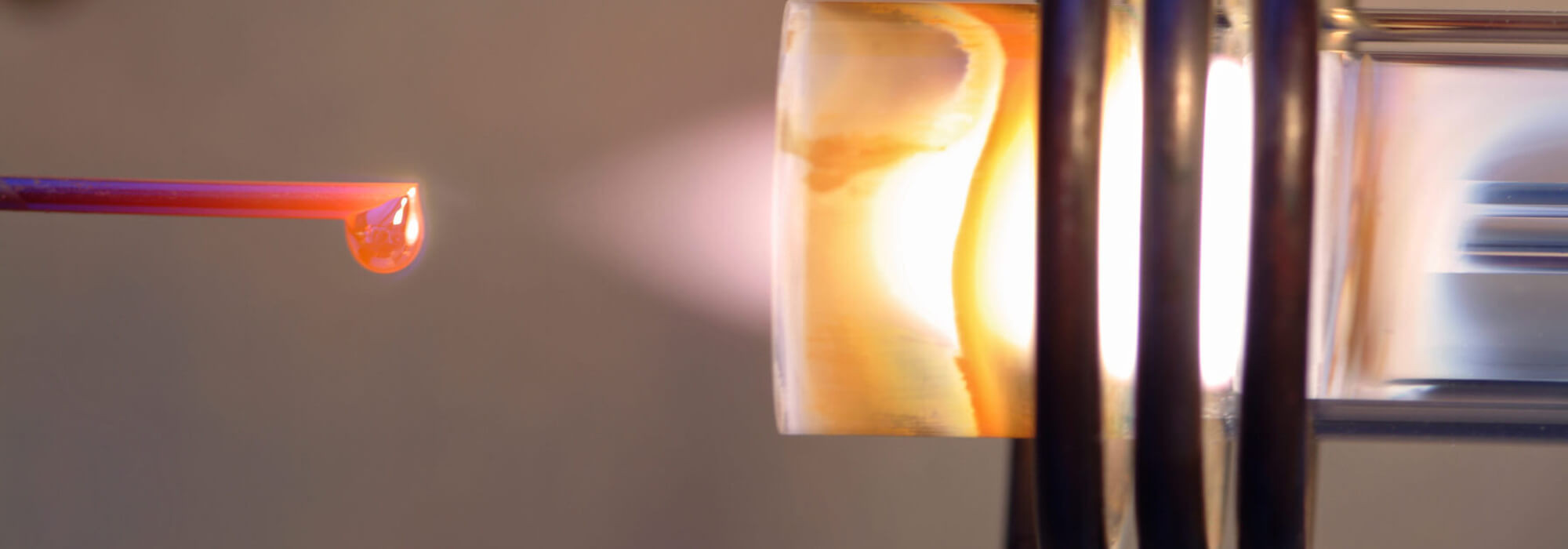Solid Oxide Fuel Cell Materials
Thermal Spray Deposition of Fuel Cell Interconnect Material
- Eugenio Garcia
Solid oxide fuel cells (SOFCs) are an essential development in the ongoing push towards renewable energy sources. SOFCs are generally being developed for grid supplementing power generation or for power generation in remote locations.
Two main designs of SOFC exist. The planar design features flat anode/electrolyte/cathode sandwiches stacked on top of each other, with the cathode of one sandwich connect to the anode of the next by the interconnect material. The tubular cell design is based on a closed end tube made from the cathode material, with an electrolyte layer coating the outside of the cathode tube, and the anode coating the electrolyte layer. The outer anode layer of one tubular cell is connected to the inner cathode layer of the next tube by the interconnect material. An advantage of the tubular design is the slightly less severe demands placed on the interconnect materials, however fabricating the interconnect structures is a processing challenge. The most common material choice is doped LaCrO3 a ceramic material with a good thermal expansion coefficient match with the other components of the cell and an acceptable electrical conductivity. High density is required in the interconnects to prevent mixing of the air and fuel gases. This material is difficult to process because of chromia evaporation at elevated temperatures which leads to poor densification.
The thermal spray processes are attractive because their fast deposition rate and easy masking for deposition of patterned structures reducing in this way the manufacturing cost. However coatings produced by this processes may contain defects such as microcracks or pores that can reduce the desired gas tightness. In the same way, the high temperatures involved in this process may cause changes in the chemical composition of the coatings modifying the electrical properties of the original material. These problems must be minimized to ensure proper performance of the SOFC during service.
Two different thermal spray techniques are studied to produce La0.9Sr0.1CrO3 interconnect coatings suitable for use in tubular SOFC. The techniques employed are High Velocity Oxy Fuel (HVOF) that typically results in the highest density coatings of all common thermal spray techniques due to the high gas and particle velocities achieved and Air Plasma Spray (APS). The APS process is characterized for the high temperature of the plasma plume. Two different APS torches are tested in this project in order to compare the effect of the plasma forming gases on the final properties of the coatings obtained.

